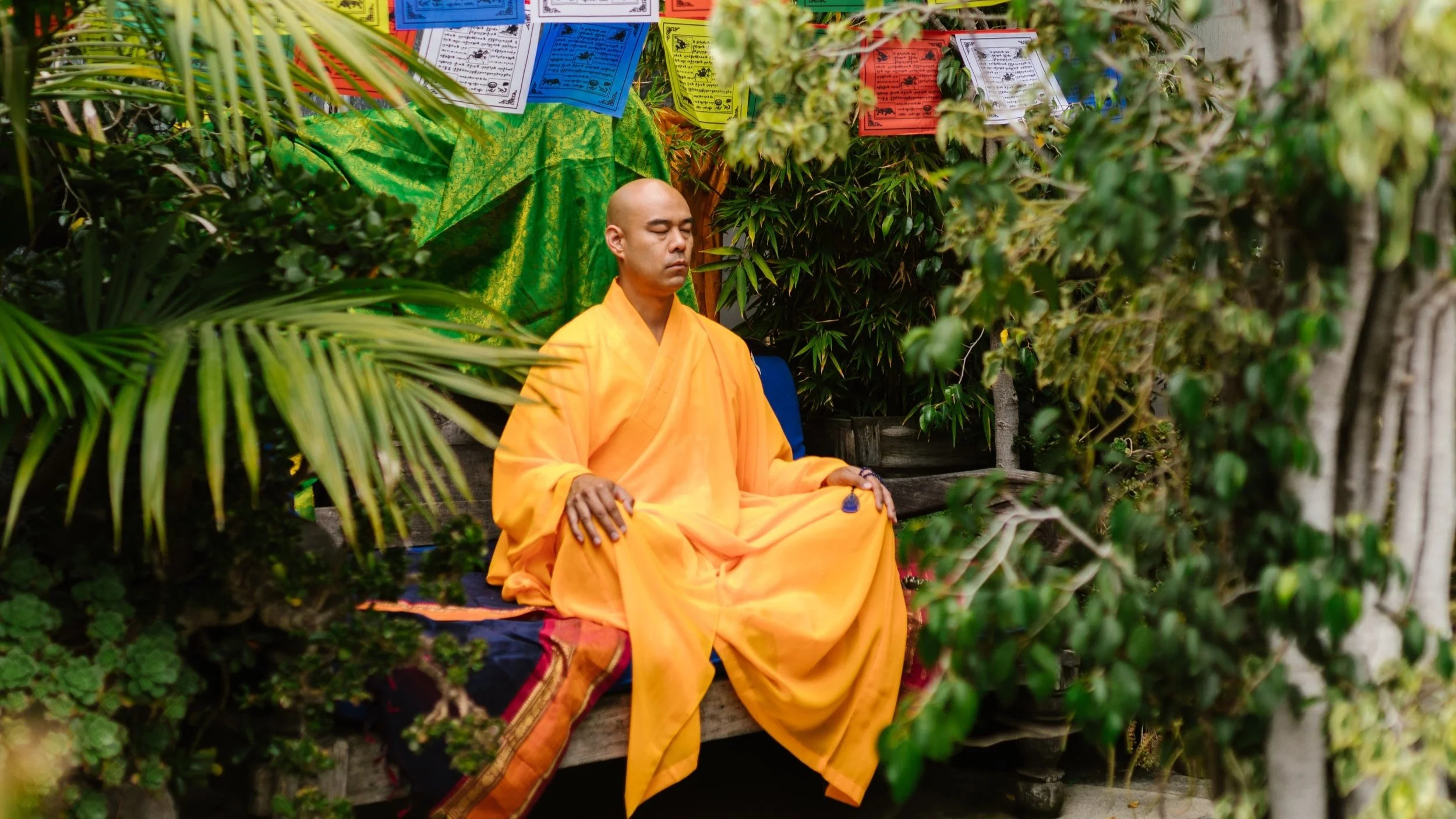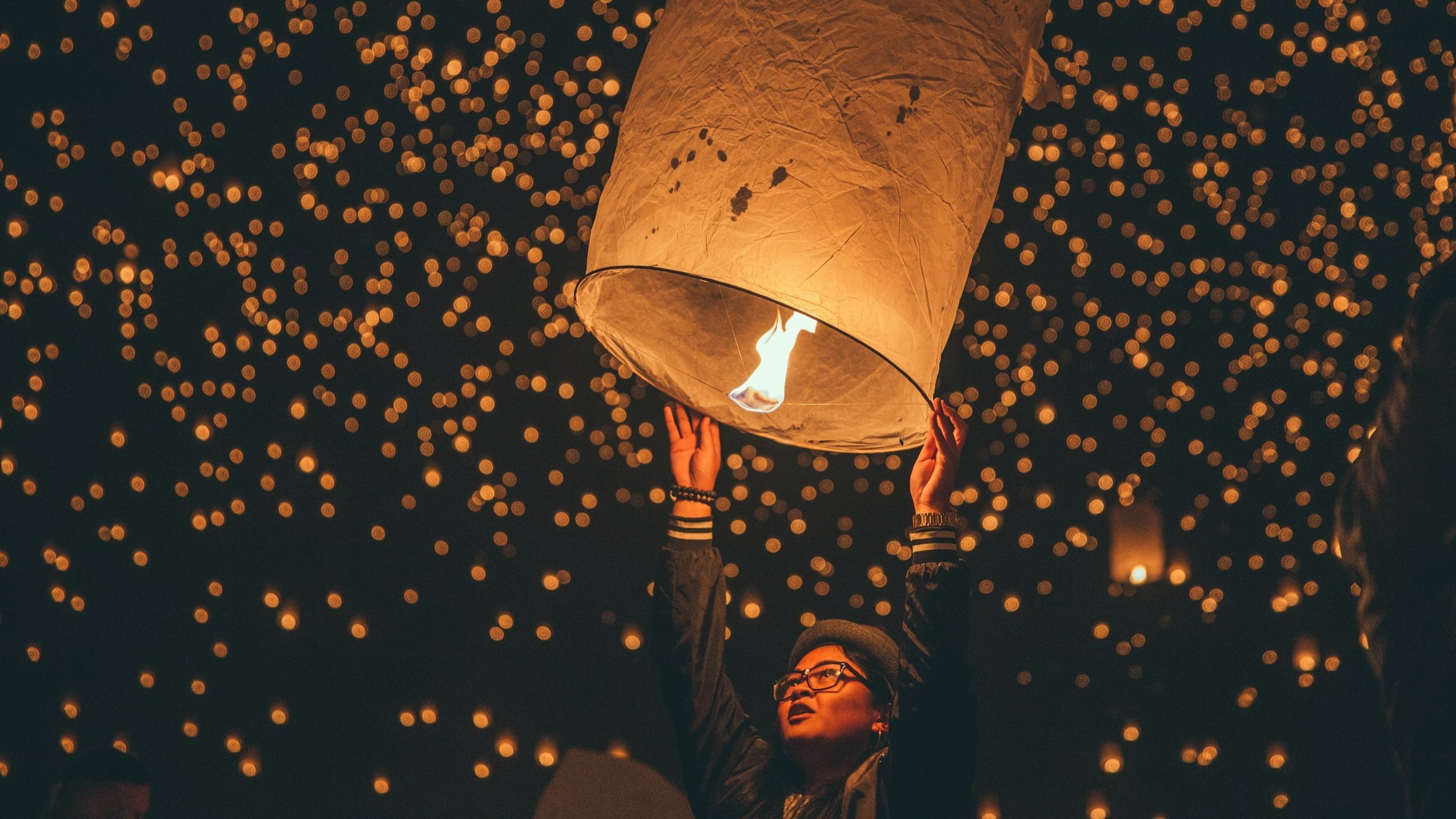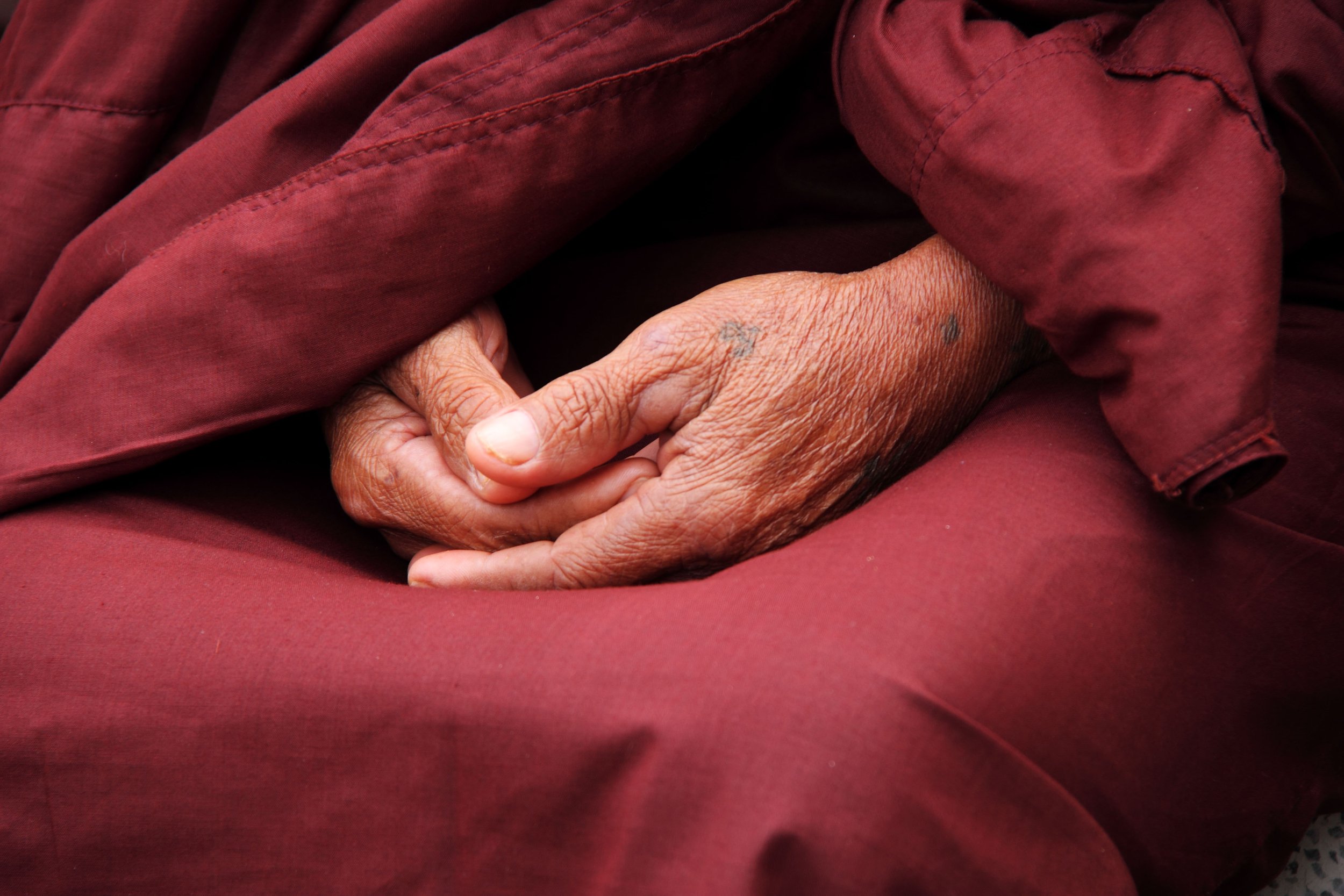Understanding the Power of Meditation
This blog article highlights the power of meditation. What I find most interesting is that while the study cited in the article focused on Tibetan monks and the ways their brains differed from non-meditators, their research revealed that people who recently began to meditate regularly also had significant improvement in overall brain health and benefits.
Tibetan monks are trained in the arts of meditation and meditate for many hours per day for years and years. Studies that compare their brains with the brains of Tibetans who are not meditators reveal some striking differences.
The researchers, “found that long-term, active meditative practice decreases activity in the default network. This is the brain network associated with the brain at rest — just letting your mind wander with no particular goal in mind — and includes brain areas like the medial prefrontal cortex and the posterior cingulate cortex. What’s more, the longer a monk had been practicing, the bigger the reduction in activity the researchers observed.
It seems the longer you do meditation, the better your brain will be at self-regulation,” said He. “You don’t have to consume as much energy at rest and you can more easily get yourself into a more relaxed state.”
Not many people will find it possible to meditate as rigorously as a Tibetan monk, however studies show that the many of the benefits, lower blood pressure, reduced stress and anxiety and the ability to use the brain more efficiently are realized by people who can devote time to a regular and persistent daily regimen of meditation.
“There’s still a lot of research that needs to be done to understand the type and amount of practice required to get an effect — and it likely will be different for each person. And with so many ways to do so — from workshops to smart phone apps — Davidson says the best kind of meditation is simply the one that you are most likely to stick with.”
Finding Space in Stressful Situations
Another well-known expert in the field of meditation and mindfulness is Dan Siegal. In his video, “Room to Breathe” he discusses the anatomy of the brain and how meditation gives us greater access to the higher brain functions that allow us the opportunity to respond to stressful situations rather than react to them.
This, “room to breathe” creates a space, an opportunity for making a conscious choice that can be more constructive, more guided by wisdom and less subject to the automatic and sometimes harmful negative reactions we have learned from painful earlier experiences.
This video contains many useful insights and clearly explains the power of meditation and mindfulness to “change the world, one person at a time.”
“Room to Breathe” with Dan Siegal








Discover our New Guided Meditations on YouTube. Whether you are a seasoned meditator or just beginning your journey, our channel offers something for everyone.